Nasir Ahmed1855739704, 9781855739703, 9781845690892, 0849334691
Table of contents :
Preliminaries……Page 1
Contents……Page 6
Contributor contact details……Page 10
1.2 Advances in GMAW technologies……Page 12
1.3 GMAW process measurement and control……Page 18
1.4 GMAW of particular metals……Page 20
1.5 GMAW hybrid processes and other developments……Page 25
1.7 References……Page 29
2.1 Introduction: process principles……Page 32
2.2 Equipment……Page 34
2.3 Benefits……Page 35
2.4 Materials used in tubular cored wire welding……Page 36
2.5 Optimising productivity……Page 44
2.7 Applications……Page 45
2.8 Troubleshooting……Page 46
2.9 Advantages and disadvantages……Page 47
2.11 References……Page 49
3.1 Introduction……Page 51
3.2 Principles……Page 52
3.3 The A-TIG process……Page 63
3.4 The keyhole GTAW process……Page 75
3.5 Future trends……Page 87
3.6 References……Page 88
4.1 Introduction: process principles……Page 92
4.2 Energy efficiency……Page 96
4.3 Laser parameters: their measurement and control……Page 98
4.4 Weld quality assurance……Page 107
4.5 Advantages of laser beam welding……Page 109
4.6 Suitability of laser beam welding……Page 110
4.8 Current laser beam welding applications……Page 111
4.9 Related processes……Page 113
4.10 Safety in laser beam welding……Page 114
4.11 Future trends……Page 115
4.12 Sources of further information and advice……Page 119
4.13 References……Page 121
5.2 Laser output characteristics……Page 124
5.3 The Nd:YAG laser……Page 129
5.4 The laser as a machining tool……Page 132
5.5 Laser welding with Nd:YAG lasers……Page 136
5.6 Nd:YAG laser welding tips: process development……Page 140
5.7 Nd:YAG laser welding of different metals……Page 143
5.8 Control of Nd:YAG laser welding……Page 155
5.9 References……Page 167
6.1 Introduction……Page 169
6.2 Strengths and limitations of current laser welding technologies……Page 170
6.3 New areas of research in laser welding……Page 181
6.4 Advances in laser welding processes……Page 191
6.5 Applications of laser welding……Page 199
6.6 Future trends……Page 201
6.7 References……Page 202
7.1 Introduction……Page 209
7.2 Basics of the process……Page 211
7.3 Electron beam welding machines……Page 217
7.4 Micro-electron beam welding……Page 221
7.5 Non-vacuum electron beam welding……Page 225
7.6 Quality assurance……Page 231
7.7 Applications……Page 237
7.8 References……Page 238
8.2 Capabilities and limitations……Page 240
8.4 The EXW process……Page 242
8.5 EXW applications……Page 244
8.6 Weld characterization……Page 249
8.7 Conclusions……Page 250
8.8 References……Page 251
9.1 Introduction……Page 252
9.2 Principles of ultrasonic metal welding……Page 253
9.3 Ultrasonic welding equipment……Page 263
9.4 Mechanics and metallurgy of the ultrasonic weld……Page 265
9.5 Applications of ultrasonic welding……Page 271
9.6 Summary of process advantages and disadvantages……Page 273
9.7 Future trends……Page 277
9.8 Sources of further information and advice……Page 279
9.9 References……Page 280
10.1 Introduction……Page 281
10.2 Legislation……Page 282
10.3 Recent and ongoing research……Page 288
10.4 Environmental issues……Page 293
10.5 Sources of further information and advice……Page 297
10.6 References……Page 299
Index……Page 304
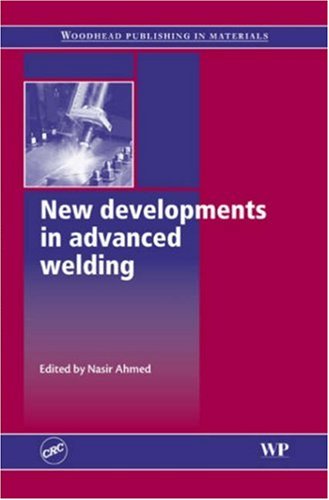

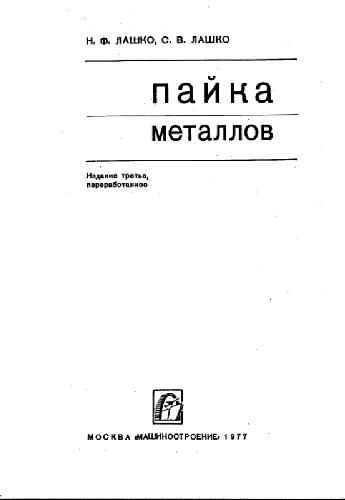
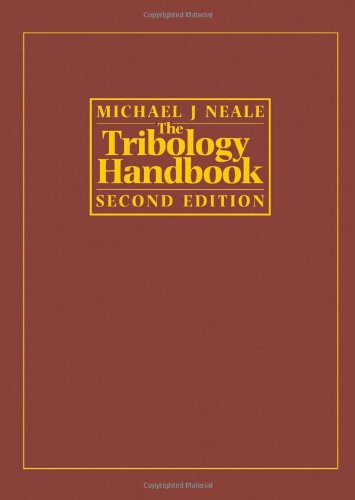

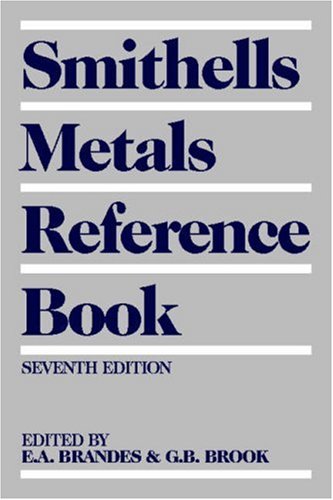
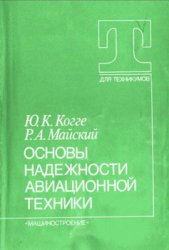
Reviews
There are no reviews yet.